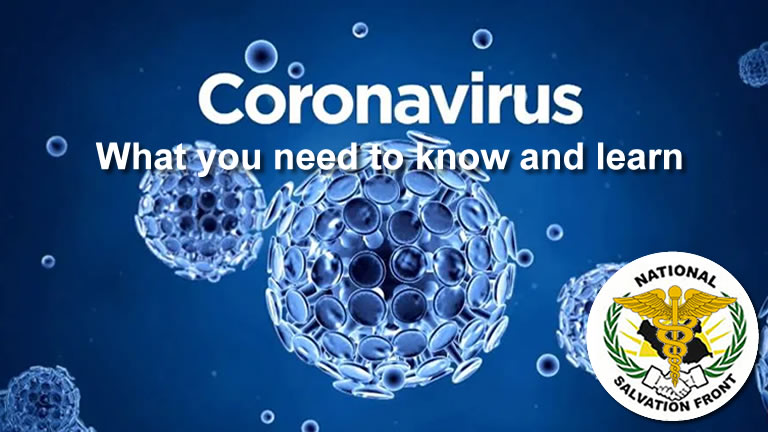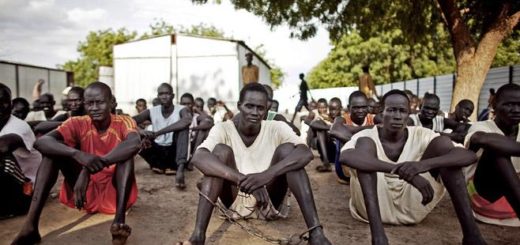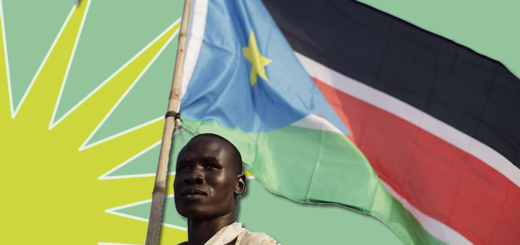Coronavirus (COVID-19): What you need to know and learn

Members of the NAS Medical Corps have put together a few points on the pandemic Coronavirus (COVID-19). Here are a few things you need to know and learn in order to protect yourself and your loved ones.
What are Coronaviruses?
- The name “coronavirus” is derived from Latin corona, meaning “crown” or “wreath”.
- Coronaviruses are a large family of viruses. Some Coronaviruses cause less-severe disease such as the common cold/flu, while others cause severe diseases such as Middle East Respiratory Syndrome (MERS) and Severe Acute Respiratory Syndrome (SARS).
What is COVID-19?
- COVID-19 is the infectious disease caused by the most recently discovered coronavirus.
- The virus and disease were unknown before the outbreak began in Wuhan, China, in December 2019.
- 12th January 2020: A novel coronavirus had been identified in samples obtained from cases and that initial analysis of virus genetic sequences suggested that this was the cause of the outbreak. This virus is referred to as SARS-CoV-2 and the associated disease as COVID-19.
- 16 March 2020: Over 165,000 cases have been diagnosed in 156 countries and areas (including mainland China), with a total of over 6,400 fatalities.
- COVID-19 has been reported in more than 15 Africa countries.
- Countries in East Africa include Kenya, Ethiopia, Congo and the Central Africa Republic.
- No cases as yet reported in South Sudan.
What is the origin of COVD-19?
- Source of the outbreak has yet to be determined
- Preliminary investigations identified environmental samples positive for SARS-CoV-2 in Huanan Seafood Wholesale Market in Wuhan City.
- An animal source to the outbreak has not been identified yet, but investigations are ongoing.
- Information to date indicates human-to-human transmission is occurring.
- Precautions to prevent human-to-human transmission are appropriate for both suspected and confirmed cases
How is COVID-19 spread?
- People can catch COVID-19 from others who have the virus.
- The disease can spread from person to person through small droplets from the nose or mouth which are spread when a person with COVID-19 coughs or sneezes. These droplets land on objects and surfaces around the person.
- Other people then catch COVID-19 by touching these objects or surfaces, then touching their eyes, nose or mouth.
- People can also catch COVID-19 if they breathe in droplets from a person with COVID-19 who coughs out or exhales droplets.
- It is important to stay more than 1 meter (3 feet) away from a person who is sick.
What are the symptoms of COVID-19?
- The most common symptoms of COVID-19 are fever, tiredness, and dry cough.
- Some patients may have aches and pains, nasal congestion, runny nose, sore throat or diarrhoea.
- Symptoms are usually mild and begin gradually. Some people become infected but don’t develop any symptoms and don’t feel unwell.
- Most people (about 80%) recover from the disease without needing special treatment. Around 1 out of every 6 people who get COVID-19 becomes seriously ill and develops difficulty breathing.
- Older people, and those with underlying medical problems like high blood pressure, heart problems or diabetes, are more likely to develop serious illness. These people will require hospital care.
Is there any treatment for COVID-19?
- There is no current medicine that can prevent or cure COVID-19.
- There are several ongoing clinical trials that include both western and traditional medicines
How can I protect myself against COVID-19?
You can reduce your chances of being infected or spreading COVID-19 by taking some simple precautions:
- Regularly and thoroughly clean your hands with an alcohol-based hand rub or wash them with soap and water.
- Maintain at least 1 metre (3 feet) distance between yourself and anyone who is coughing or sneezing.
- Avoid touching eyes, nose and mouth.
- Make sure you, and the people around you, follow good respiratory hygiene. This means covering your mouth and nose with your bent elbow or tissue when you cough or sneeze. Then dispose of the used tissue immediately.
- Stay home if you feel unwell. If you have a fever, cough and difficulty breathing, seek medical attention and call in advance.
- Follow the directions of your local health authority.
References/Related links:
- World Health Organisation (WHO) Q&A on coronaviruses (COVID-19)
- World Health Organisation (WHO) Coronavirus resource centre
- UNICEF (Uganda) How to protect yourself and your loved ones
- VIDEO: UNICEF – Six things parents need to know
- Coronavirus: Statement from the leadership to the people of South Sudan
- NAS sets up Coronavirus (COVID-19) awareness programme



